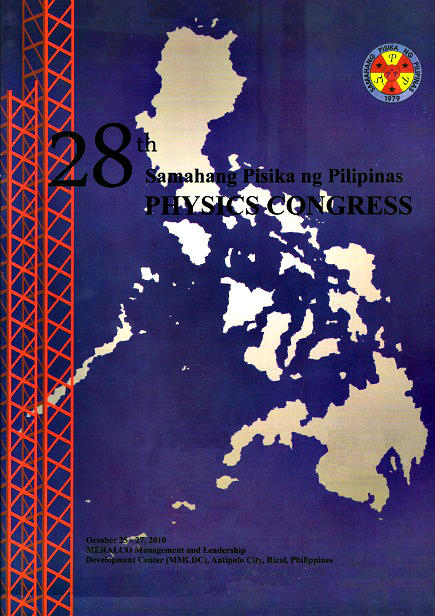Optimum average headway time for stochastic transport system
Abstract
In a transport system, it has been shown that having equal headway time T – the time between succeeding arriving vehicles – is crucial to minimize passenger waiting time in a station. However this condition is difficult, if not practical, to achieve; thus having equal headway time is unstable. In this work, we investigate the case when the headway time is randomly distributed over an interval [T-∆T, T+∆T) and how the optimum value of the average headway time is affected by the headway degree of uncertainty ∆T (headway instability), vehicle capacity and passenger arrival rate. We also find that the relative uncertainty ∆T/T does not significantly affect the optimum average headway time. Further, for small ∆T/T, the decreasing (or increasing) unoccupied passenger seats for ‹T› > ‹T›* (‹T› < ‹T›*) compensates the increasing (decreasing) number of accumulated passengers left at the station. However, for high ∆T/T ~ 1, this does not happen. This finding will help us identify possible best plans for transportation management.
Downloads
Issue
Strengthening physics research and education for a brighter tomorrow
25-27 October 2010, MERALCO Management and Leadership Development Center, Antipolo City











